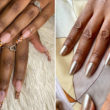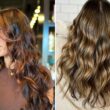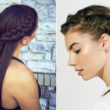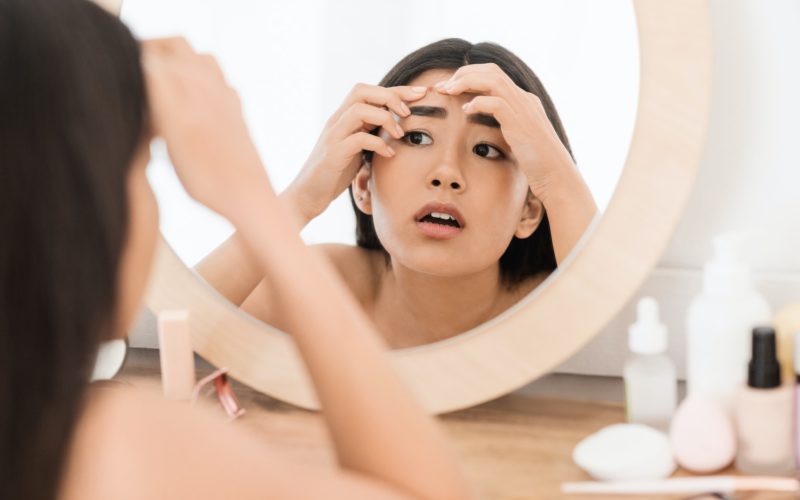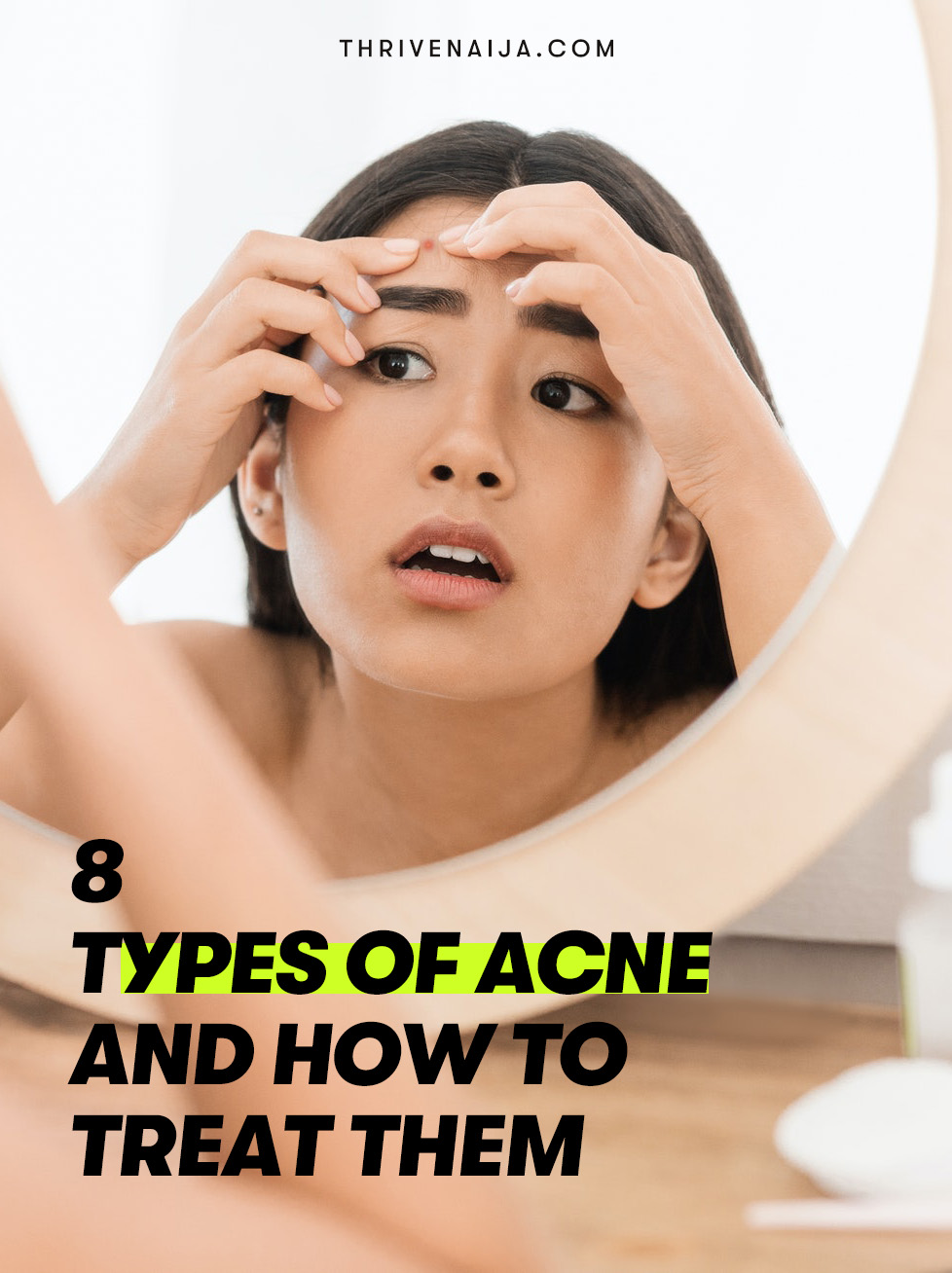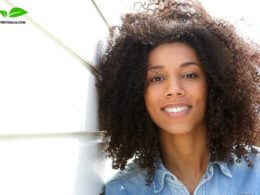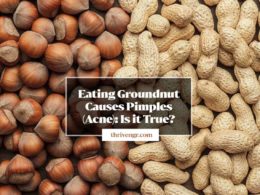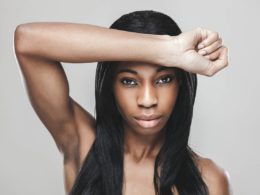Acne is a skin condition that occurs when hair follicles become clogged with oil and dead skin cells. Acne is usually associated with hormonal changes especially during the teenage years, notwithstanding, adults can experience acne too. In the world, acne affects about 80% of adolescents and young adults.
In America, about 17 million people have acne, hence making it one of the most common skin conditions among both children and adults.
Depending on the acne’s severity, it can scar the skin and even cause emotional distress; hence, the earlier acne is being treated, the lower the risks of having such problems.
But first, before acne can be treated, you need to know the exact type of acne it is, so the right and best treatment can be administered. It is on this note that this article aims at discussing 8 types of acne and how to treat them.
8 Types of Acne and How to Treat Them
Different types of acne could appear on one’s skin, but more often than not, acne usually appears on the face, chest, shoulders, or upper back and this is because these areas of the skin have the most sebaceous (oil) glands.
Acne can be caused by four main factors: excess oil production, clogging of hair follicles by oil and dead skin cells, bacteria, and inflammation. Other factors can include hormonal changes, certain medications, diet, stress, etc.
These factors cause different types of acne and each type of acne requires the prompt and right treatment to reduce the risk of long-term skin complications which could range from dark spots to scars, amongst other skin complications.
So here is a list of 8 types of acne and how to treat them:
1. Blackheads
These are small, black or dark-coloured spots, also medically called open comedones. More often than not, they appear as slightly raised bumps. Blackheads, like whiteheads, are types of noninflammatory acne lesions and are the least severe forms of acne. The skin around a blackhead usually appears normal, although the centre of the blackhead is darker than the skin that surrounds it.
What to do: Several over-the-counter skincare products like gels, moisturizers, toners, and creams with active ingredients like benzoyl peroxide, salicylic acid, sulphur, and resorcinol can help breakdown blackheads. Also, home remedies and lifestyle changes can help reduce blackheads. Some of these are: washing your face with lukewarm water and soap at least twice daily, bathing regularly, staying hydrated, avoiding excessive sun exposure, and use of sunscreen when outdoors.
2. Whiteheads
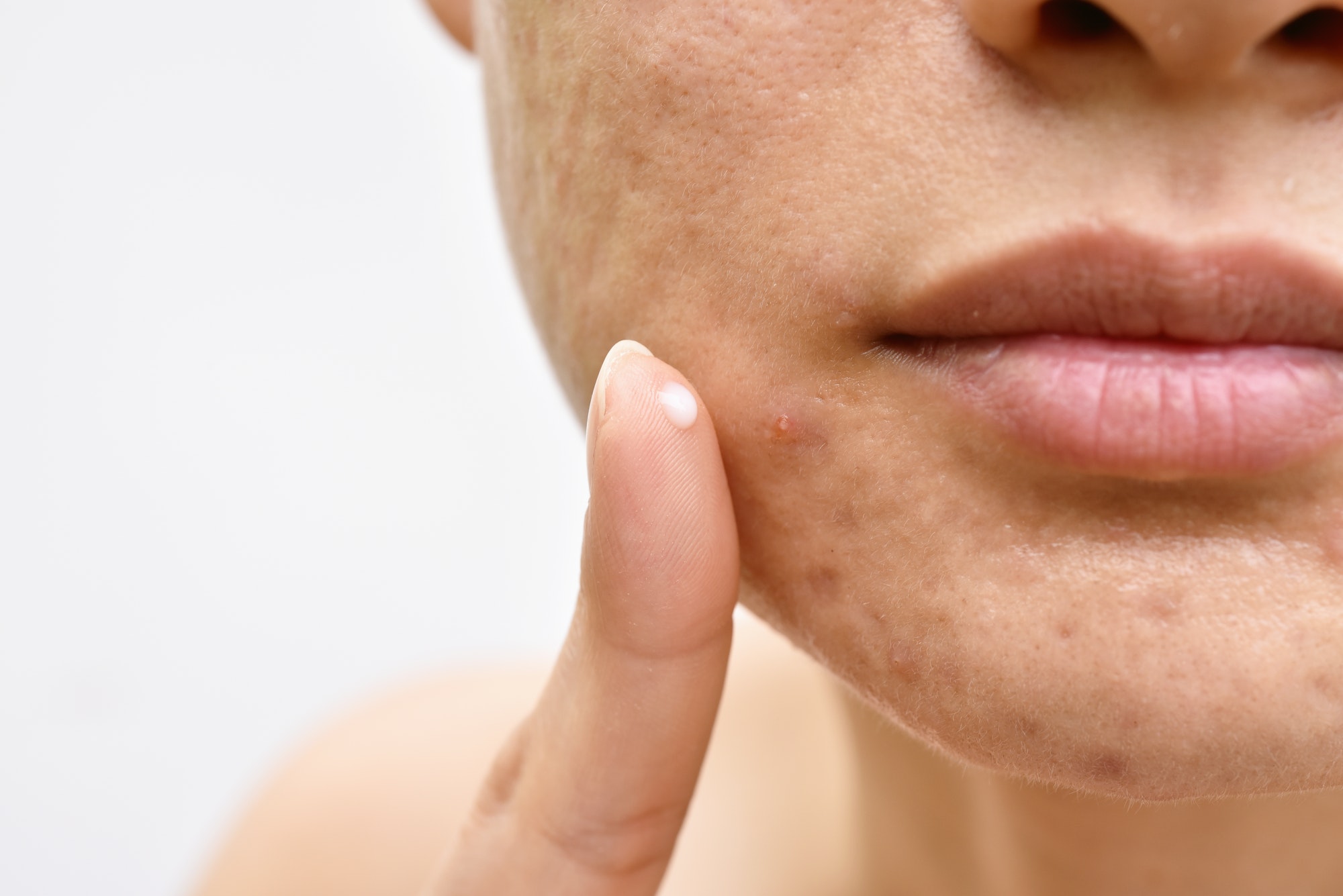
These are small, whitish, or flesh-coloured spots or bumps, also medically called closed comedones. More often than not, they have a white circular centre surrounded by a red halo. Basically, whiteheads do not cause scarring, although the skin around it is usually wrinkled or tight, especially when the whitehead is large or raised.
What to do: Being that whiteheads are also noninflammatory acne lesions like blackheads, the same treatment in terms of skincare products, home remedies, and lifestyle changes will be used.
3. Papules
This is inflammatory acne, and unlike blackheads and whiteheads which are noninflammatory. It is more severe and more likely to cause skin complications such as scarring or pitting.
This is usually characterised by warm, red, and swollen blemishes or skin lesions. Basically, papules are solid, tender, pink, and raised bumps under the skin surface, which unlike whiteheads, have no visible centre. The pores of a papule do not appear to be widened, unlike a blackhead. Papules occur when either whiteheads or blackheads cause too much irritation that they damage some of the surrounding skin which leads to inflammation.
What to do: The American Academy of Dermatology recommends over-the-counter products containing benzoyl, peroxide or salicylic acid. Some home remedies can help control papules; for instance, using warm water and gentle soaps to wash your face at least twice daily, avoiding the application of makeup or lotions on the affected areas and letting the affected areas get as much air as possible can help control papules.
4. Pustules
When walls around your pores break down, bumps come out from the skin. More often than not, these bumps are usually red in colour and have yellow or whiteheads on top. These are pustules; they are similar to papules as another type of inflammatory acne, but unlike papules, pustules are usually filled with pus, which could be either white or yellow.
What to do: Avoid squeezing or picking pustules as they could result in scars and dark spots. Using over-the-counter topical products containing salicylic acid or benzoyl may sometimes help clear up pustules. However, widespread pustules might require either oral or topical prescription from a dermatologist.
5. Nodules
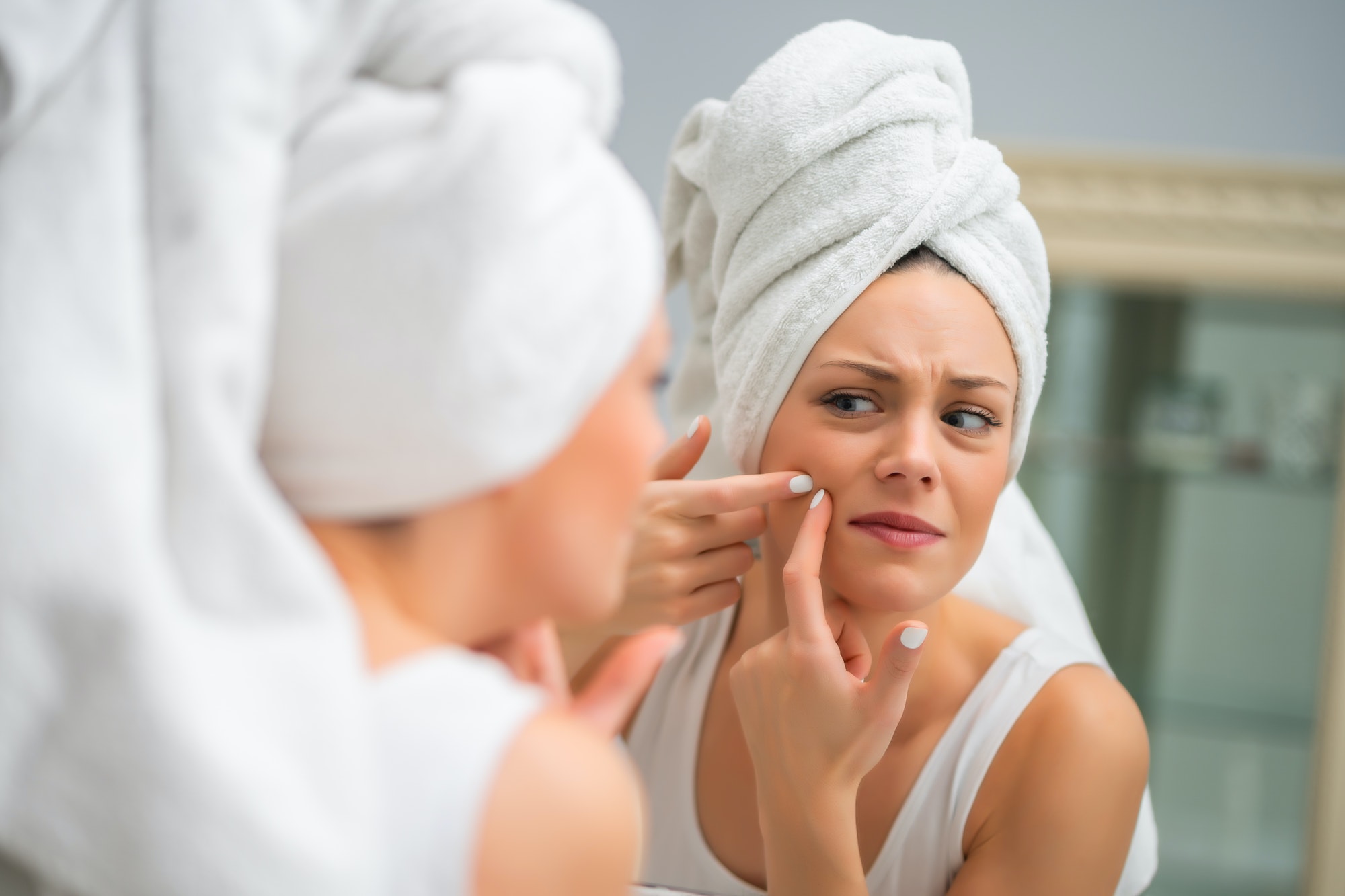
When clogged and swollen pores go through more irritation and grow larger, they cause nodules. Unlike the previous types of acnes discussed, nodules are hard, painful, inflamed and are usually deeper underneath the skin. They are similar to papules, but larger, deeper and have no visible centre.
What to do: As a result of the depth of nodules, they cannot be treated topically, rather prescription medication is required for its treatment. Research has shown that more often than not dermatologists prescribe Sotret, which is the oral medication isotretinoin as a result of the presence of a form of vitamin A in its composition which treats and prevents nodules by decreasing the oil gland size within the pores.
6. Cysts
When a combination of bacteria, sebum, and dead skin cells clog the pores of the skin, cysts are formed. Like nodules, the clogs occur deep within the skin but still go beneath the surface than nodules. Cysts are usually painful to the touch and more often than not results from a severe infection. They are the largest form of acne and are usually large red or white bumps.
What to do: Like nodules, cysts can be treated with the prescription oral medication isotretinoin(Sotret), but in severe cases, a dermatologist might need to do a surgery to remove the cyst.
7. Acne Mechanica
This is sometimes called ‘sports-induced acne’ as a result of the fact that it usually occurs more frequently in athletes. It is caused by heat, pressure or friction against the skin, which more often than not results from wearing airtight sports gear like baseball caps and helmets.
What to do: More often than not, cases of acne mechanica are usually treated with over-the-counter topical products containing salicylic acid or benzoyl peroxide.
8. Acne Conglobata:
This is one of the most severe forms of acne and is usually more common in men. This type of acne involves many interconnected nodules under the skin. It is caused by taking steroids or testosterone and often leaves scars in its wake. Areas of the body easily affected by this type of acne include the neck, buttocks, arms and chest.
What to do: This type of acne requires the timely treatment of a dermatologist. More often than not, it is treated by carbon-dioxide laser combined with tretinoin therapy. For severe acne conglobata, modern external beam radiation is used.
In conclusion, while some acne like the noninflammatory ones can simply be treated with over-the-counter topical products, home remedies and lifestyle changes, other severe ones like the inflammatory ones need prompt treatment by a dermatologist, as in cases like these, expert treatment may be the only way to clear and control acne.
Read more on Acne and skincare:
- 11 Simple Home Remedies For Acne You Can Try Today
- What is Rosacea Acne: Causes, Signs & Symptoms, Treatments
- 5 Signs Your Skin Needs More Care
- 5 Skin Conditions And What To Do About Them


